By James Haikney
Ancient Rome, an empire of unparalleled influence, is often enveloped in myths and misconceptions that skew our understanding of the past. This article sheds light on some of the most pervasive myths, uncovering the truth behind what many believe about this ancient civilization. From the brutal gladiator fights to the decadence of Roman feasts, we dissect and debunk myths, offering a clearer picture of Roman society, its people, and their way of life. Prepare to have your views on Ancient Rome challenged and expanded as we explore 70 myths that have misled generations.
“Gladiator fights were to the death”
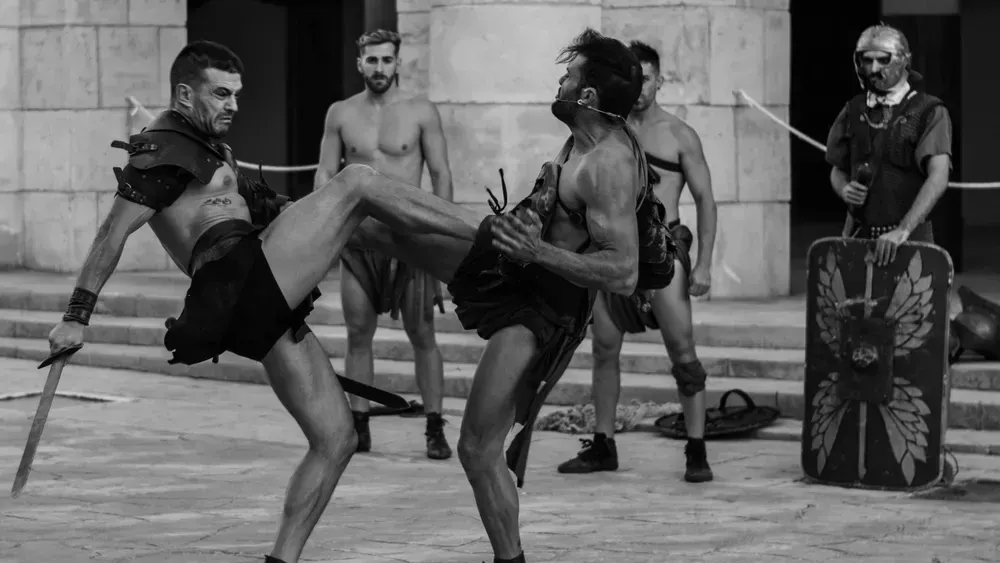
While popular media loves to portray Roman gladiator fights as brutal deathmatches where the sands were stained red with blood, the reality was somewhat different. Many gladiators were prized fighters who garnered massive followings — much like modern sports stars. The notion that every gladiatorial contest ended in death oversimplifies the nuances of these events. Most battles were heavily regulated, with fights often ending when one gladiator was too injured to continue, not necessarily dead. The mortality rate, while significant, wasn’t as astronomical as many think, partly because trained gladiators were valuable assets to their sponsors.
“Romans feasted on flamingo tongues and dormice”

The tales of Romans indulging in exotic dishes such as flamingo tongues and dormice are rooted more in sensationalism than daily dining habits. While it’s true that the Roman elite enjoyed displaying their wealth through extravagant banquets, these specific delicacies were more symbolic of opulence rather than staple dishes. Archaeological evidence and historical texts suggest that the average Roman diet was primarily composed of grains, fruits, vegetables, and occasionally meat. The widespread myth about their exotic eating habits misrepresents the dietary practices of most Romans, highlighting the difference between the extravagances of the few and the realities of the many.
“The Romans invented concrete”
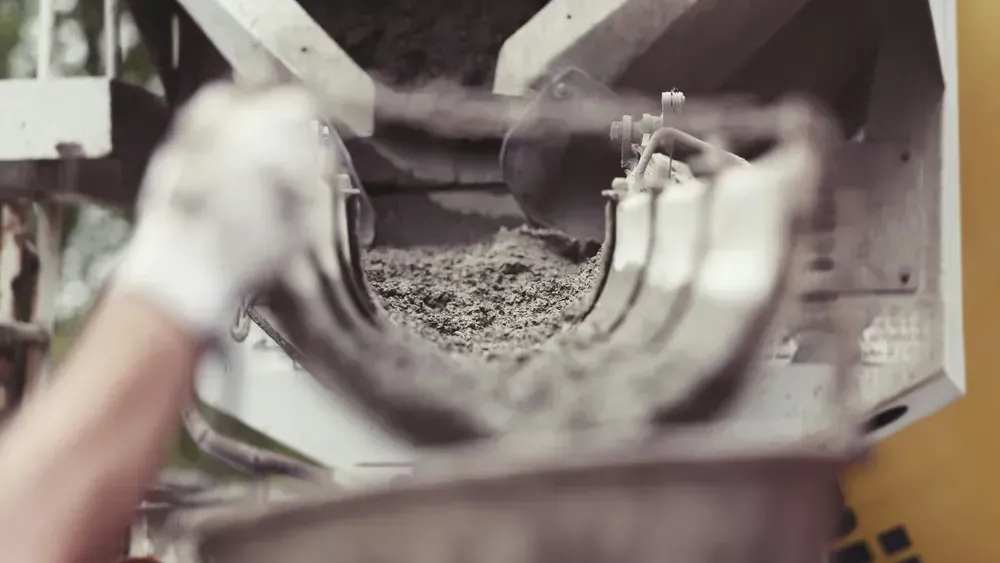
The misconception that the Romans invented concrete has cemented itself in the public’s imagination, but this overlooks the broader history of this essential building material. While the Romans refined and popularized the use of concrete, making it a cornerstone of their architecture, they were not the inventors. The use of rudimentary forms of concrete can be traced back to ancient Egyptian and Minoan societies. The Roman contribution was their innovative use and improvement of concrete technology, allowing for the construction of enduring marvels such as the Pantheon and the Colosseum, showcasing their engineering prowess.
“Julius Caesar was Emperor of Rome”
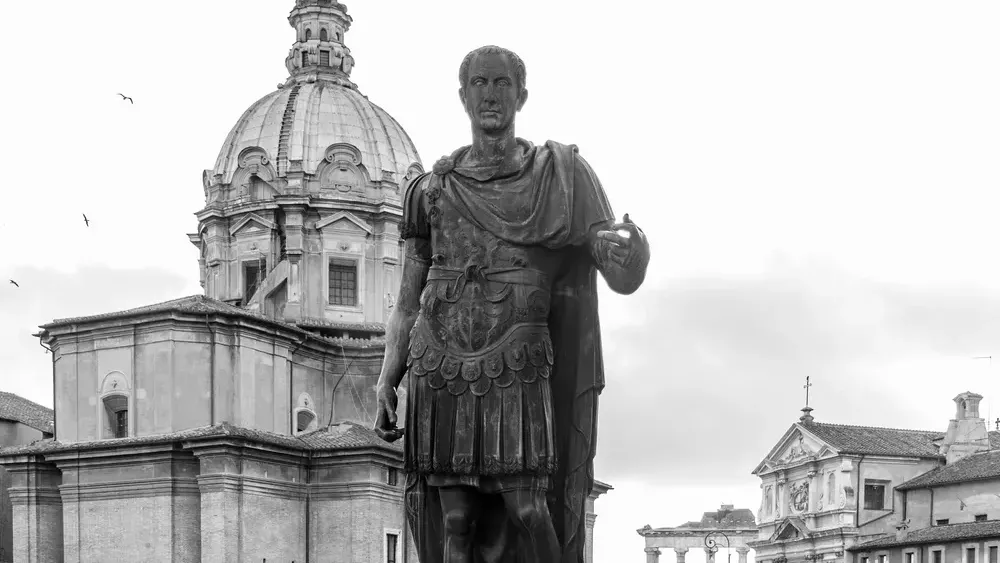
Calling Julius Caesar an emperor of Rome is a common mistake that glosses over the complex nature of Roman political structures and Caesar’s own role within them. Caesar was never an emperor but a dictator perpetuo, dictator for life, a title that significantly differed from the imperial titles adopted by his successors. His assassination in 44 BCE preceded the formal establishment of the Roman Empire under Augustus. While Caesar’s power and reforms laid much of the groundwork for the imperial system, labeling him as an emperor mischaracterizes his actual position in the Roman Republic’s twilight years.
“Christians were commonly thrown to lions in the Colosseum”

The image of Christians being thrown to lions as a form of entertainment in the Colosseum is a potent symbol of ancient Roman persecution but lacks historical accuracy. While Christians were persecuted, and martyrdom did occur, the scale and drama of these events have been exaggerated over the centuries. Evidence suggests that such spectacles were not as commonplace as popularly believed. The Colosseum hosted a variety of events, from gladiatorial contests to mock sea battles, but the narrative of widespread Christian execution in this arena is more myth than fact, shaped significantly by later Christian storytelling.
“All Romans were white and European-looking”

The stereotypical image of Ancient Romans as uniformly white and European in appearance is a myth that oversimplifies the empire’s vast diversity. Rome’s dominion stretched across Europe, Asia, and Africa, incorporating a melting pot of ethnicities. Accounts and archaeological finds suggest that Roman society was much more cosmopolitan than many realize, with people of various races and faces calling it home. This diversity was mirrored in the bustling streets of Rome, from soldiers to senators, showcasing an empire that was truly global in nature.
“Roman women had no rights or influence”

Contrary to the popular belief that Roman women lived entirely under the thumb of patriarchal norms with no room for personal rights or public influence, recent scholarship paints a more nuanced picture. While legal restrictions existed, women in Ancient Rome managed households, owned property, and, in some cases, wielded significant societal influence. The stories of influential women, such as the mother of Emperor Augustus, Livia Drusilla, challenge the simplistic view of Roman women as silent figures in the background, revealing instead their dynamic roles within society.
“Vomitoriums were used for purging during feasts”
 Credit: reticulatedtampon via Reddit
Credit: reticulatedtampon via Reddit
The term ‘vomitorium’ has long been misrepresented in modern times as a space where Romans would purge their meals to continue feasting. However, this is a gross inaccuracy. In reality, vomitoriums were architectural features designed to allow large crowds to exit arenas like the Colosseum efficiently. These passageways were crucial in crowd control, showcasing Roman ingenuity in architecture, rather than a barbaric facet of their dining culture.
“Roman soldiers were all Italian”
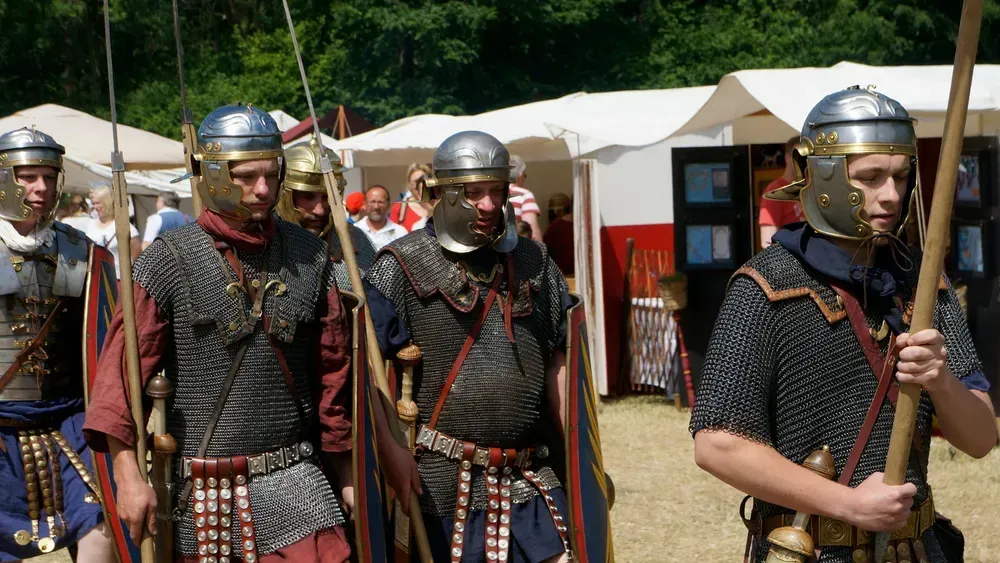
It’s a common myth that all Roman soldiers were Italian, born and bred for Roman conquest. The truth is far more complex and global. The legions of Rome were composed of men from all over the empire, including areas that are now parts of France, Spain, the Balkans, and North Africa. This diverse makeup was a strength, allowing the Roman army to incorporate a variety of tactics, cultures, and languages into their forces, making them one of the most formidable military entities of the ancient world.
“The fall of Rome happened overnight due to barbarian invasions”
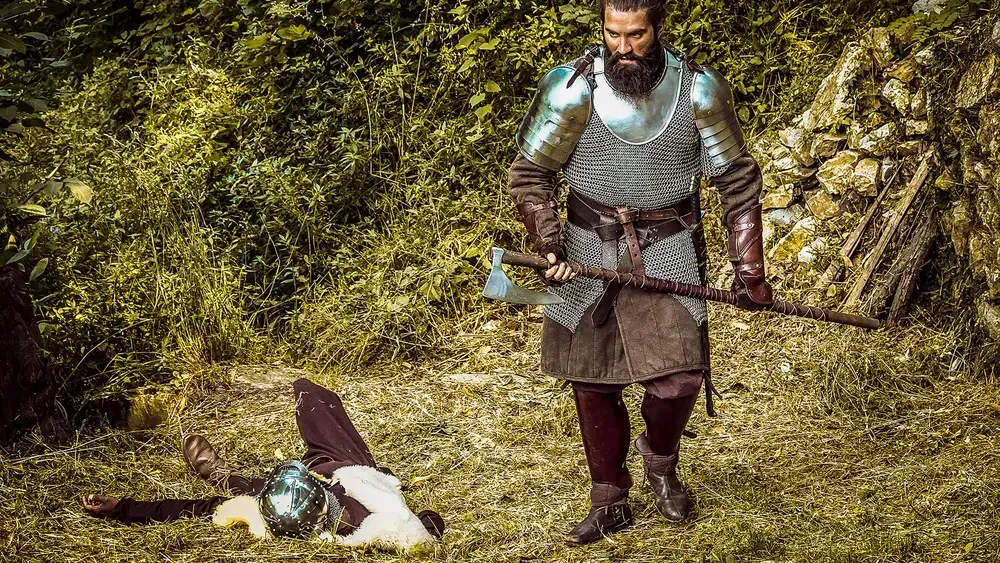
The fall of the Roman Empire is often dramatized as an abrupt event, caused solely by barbarian invasions. This narrative overlooks the centuries-long process of decline that involved complex internal and external factors. Economic instability, overreliance on slave labor, military overextension, and political corruption gradually eroded the empire’s foundations long before the so-called ‘barbarians’ breached its borders. This myth of a sudden collapse simplifies the nuanced and protracted series of events that led to Rome’s ultimate demise.
“Romans spoke Latin just like in our textbooks”

While our history classes may have glorified Latin as the lingua franca of Ancient Rome, the empire’s linguistic landscape was far more diverse. Regions under Roman control adapted the language at various levels, with many citizens speaking local languages or dialects daily. Greek, for example, was prevalent in the eastern parts of the empire. This misconception simplifies the complex multicultural fabric of Roman society, neglecting the intricate interplay between Latin and local languages in ancient daily life.
“Ancient Rome was a slave society from start to end”

Labeling Ancient Rome as a ‘slave society’ from its dawn to its dusk paints an incomplete picture of its complex social structures. While slavery was undoubtedly a pillar of its economy and social hierarchy, Rome’s relationship with slavery evolved over centuries. Various forms of manumission allowed for social mobility among freed slaves, and the economic landscape included free laborers and a significant class of citizens engaged in trades, crafts, and commerce. The myth oversimplifies Rome’s dynamic and changing social fabric over the ages.
“Togas were the common clothing for all Romans”
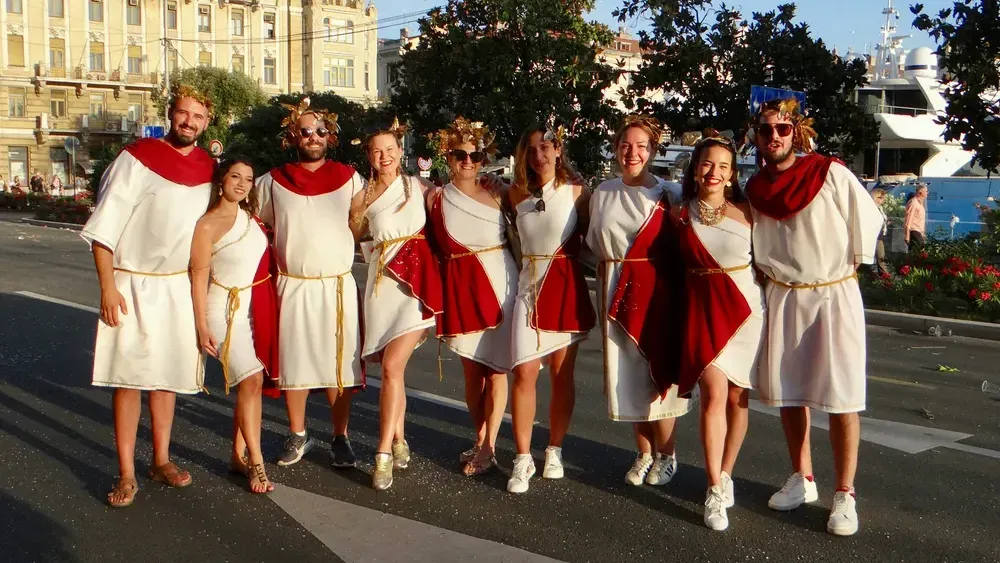
The image of Ancient Romans draped in togas as their daily attire is a staple of Hollywood movies, but it’s far from accurate. The toga was more of a status symbol, reserved for special occasions and worn primarily by upper-class male citizens. Daily life in Rome called for more practical clothing, like the tunica, which was the common garb for the masses. This misconception reflects our tendency to apply modern formal-wear standards retrospectively onto ancient cultures, without considering their practical living conditions.
“Roman Emperors lived lavish lifestyles completely detached from the populace”

While ‘lavish’ barely begins to cover the opulence some Roman emperors enjoyed, the idea that all emperors lived in a bubble of luxury, completely detached from the common people, misses the mark. Emperors like Hadrian and Marcus Aurelius were known for their philosophical contributions and efforts to connect with their subjects. Public works, social programs, and even personal interactions indicated a nuanced relationship between many emperors and the populace, challenging the notion of a uniformly aloof Roman leadership.
“The Romans had no concept of cleanliness”
Contrary to the belief that Romans had no concept of cleanliness, the ancient Romans highly valued personal hygiene and public health. The empire was renowned for its elaborate aqueducts that supplied water to public baths, which were communal centers for bathing, socializing, and conducting business. Far from being unacquainted with cleanliness, bathing was an integral part of Roman culture and daily life, debunking the myth of a dirt-covered ancient Rome.
“Romans exclusively practiced paganism until Constantine”

The assumption that Ancient Romans were blanket pagans prior to Emperor Constantine’s conversion to Christianity simplifies a complex tapestry of religious evolution. In truth, the Roman Empire was a melting pot of beliefs, absorbing deities and rituals from conquered lands. This rich religious diversity included the worship of Egyptian gods, the mystery cult of Mithras, and Judaism. Constantine’s endorsement of Christianity was a pivotal turn in a long history of religious pluralism, not an abrupt shift from a monolithic pagan society.
“Roman architecture was solely about grandeur and had no practical use”
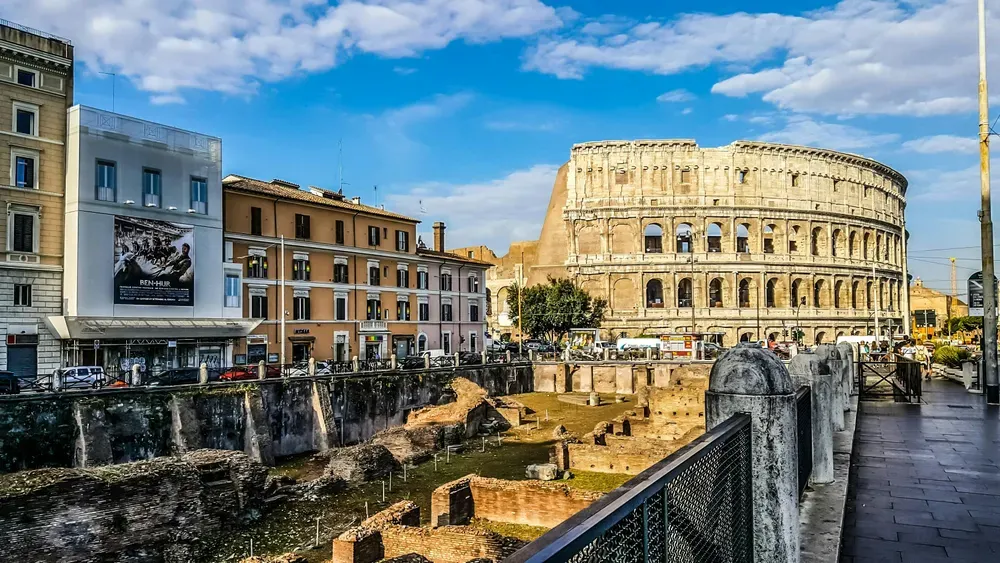
It’s easy to be dazzled by the monumental structures of Ancient Rome and miss the ingenuity behind them. Far from being purely exercises in grandeur, Roman architecture melded aesthetic ambitions with remarkable engineering solutions. Aqueducts, for example, were not only feats of engineering but also provided essential water supply to cities, supporting public health systems such as baths and fountains. Similarly, Roman roads, while symbolizing imperial power, facilitated trade and military movements, underpinning the empire’s economy and defense.
“The calendar was always consistent in Ancient Rome”

Believing that Ancient Rome operated under a singular, unchanging calendar system overlooks the empire’s long struggle with timekeeping. Initially, the Roman calendar was a lunar system that frequently fell out of sync with the solar year, necessitating complex adjustments. The introduction of the Julian calendar by Julius Caesar in 45 BCE was a revolutionary step towards a more accurate solar calendar, but even this system required refinement, leading to the later Gregorian reform. Thus, Rome’s calendar was a work in progress, reflecting the empire’s evolving understanding of astronomy and time.
“Lead poisoning led to the fall of Rome”

Attributing the decline of such a complex society as Ancient Rome to a single cause like lead poisoning simplifies a multifaceted historical event. Although lead was used in Roman plumbing and wine preservation, evidence suggests that its usage was unlikely to have caused widespread poisoning. The empire faced numerous challenges, including economic instability, military defeats, and political corruption, which collectively eroded its foundations over centuries. Consequently, the hypothesis of lead poisoning stands more as a cautionary tale of environmental health than as a primary reason for Rome’s fall.
“Spartacus’s rebellion was the only major slave revolt in Rome”
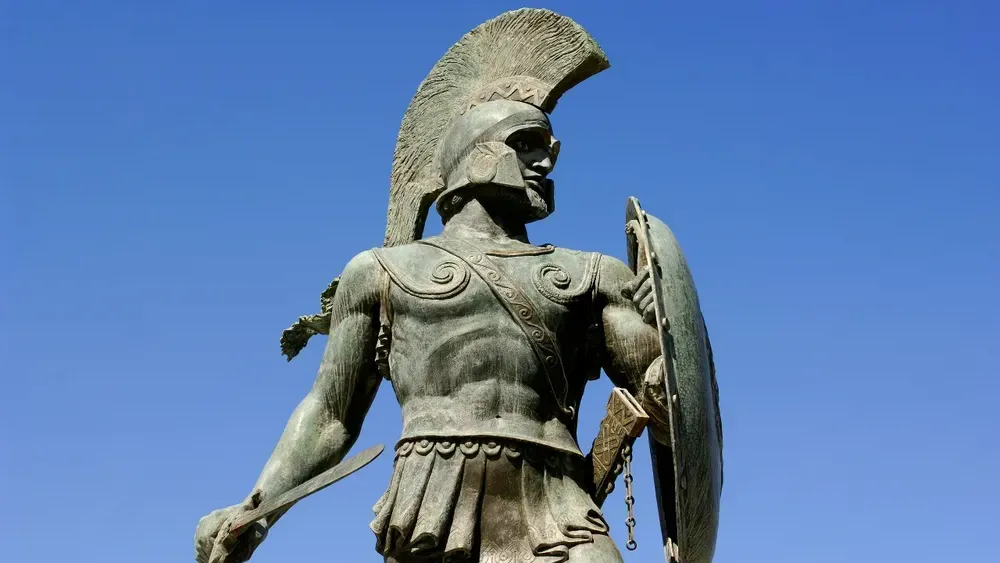
Focusing solely on Spartacus’s famed uprising obscures the broader landscape of resistance among Rome’s enslaved population. While Spartacus’s revolt (73-71 BCE) remains the most storied, it was neither the first nor the last challenge to Rome’s slave-owning order. Other notable rebellions include the First and Second Slave Wars in Sicily, which erupted due to harsh conditions and the sheer number of enslaved people. These uprisings underline the instability that slavery injected into Roman society and the persistent spirit of resistance among the enslaved.
“Roman society was uniformly patriarchal without variation”

The common belief that Roman society was fixed in a rigid patriarchal structure overlooks the dynamic roles women played. Far from being just domestic figures, women in Rome could own property, run businesses, and wield influence in the religious sphere. While it’s true that Roman politics and public office were male-dominated, the social and economic contributions by women paint a picture of a society with complexities and nuances that challenge the blanket notion of it being uniformly patriarchal.
“All roads led to Rome” literally means all roads in the empire connected back to the capital

While the saying “All roads lead to Rome” conjures images of a spider-web of roads converging on the Eternal City from every corner of the empire, the reality was more pragmatic. The Romans indeed developed an extensive network of roads, primarily for military and administrative purposes, to ensure efficient control over their vast territories. This expression, though, is more a testament to Rome’s centralizing prowess and engineering genius than a literal geography lesson.
“The Roman Empire was technologically stagnant”
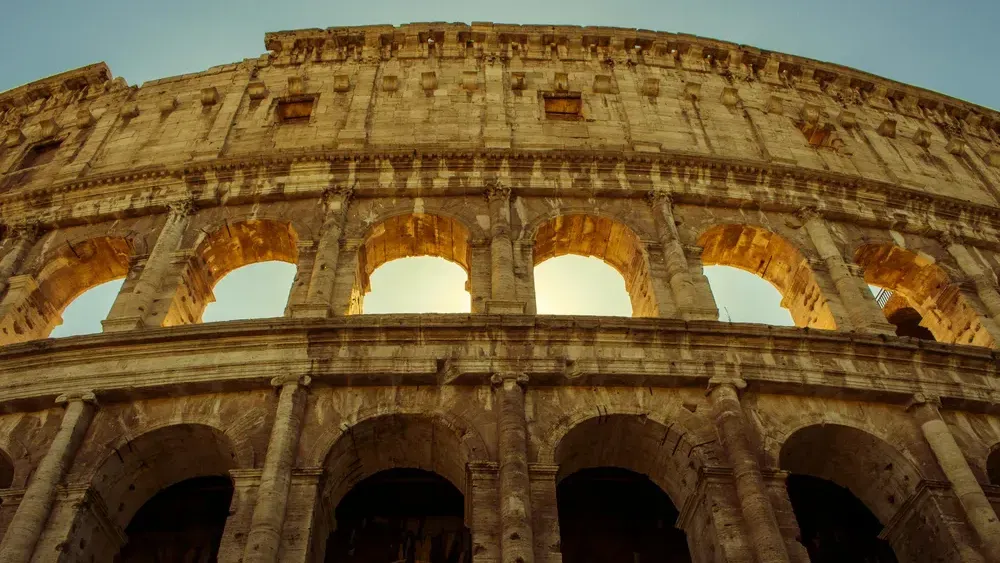
Claiming the Roman Empire was technologically stagnant does a huge disservice to Rome’s inventors and engineers. From the aqueducts that brought fresh water into cities, to concrete that stands to this day, Roman technological advancements were groundbreaking. Their engineering feats provided the backbone for urban development and military conquests alike, showing an empire far from technologically idle but brimming with innovation.
“Plebeians were essentially the same as slaves”
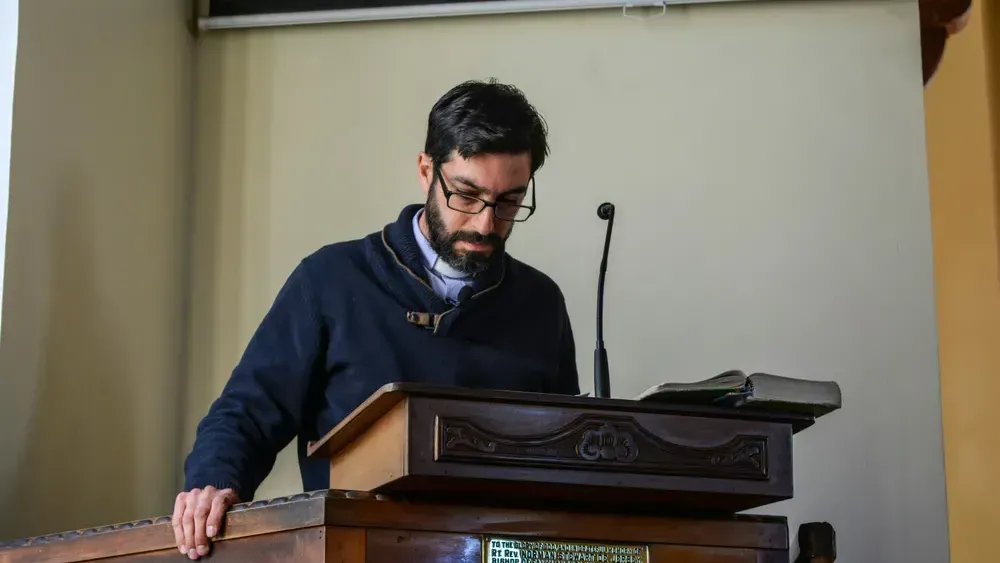
Equating plebeians with slaves fundamentally misunderstands Roman social structure. Unlike slaves, who were considered property and had no rights, plebeians were free citizens. They could vote, own property, and engage in commerce. Over time, Plebeians even gained significant political power through offices like the Tribunate. Their story is one of social ascent and increasing influence, challenging our assumptions about class and mobility in ancient Rome.
“Roman military tactics were brute force with no strategy”

The notion that Roman military success was due to brute force alone ignores the strategic and tactical genius behind Rome’s ascension. The Romans employed a variety of formations, such as the flexible maniple system that allowed them to adapt to different enemies and terrains. They also excelled in siege warfare and naval battles, showcasing a breadth of military intellect. Rome’s military prowess was as much about the mind as it was about might.

